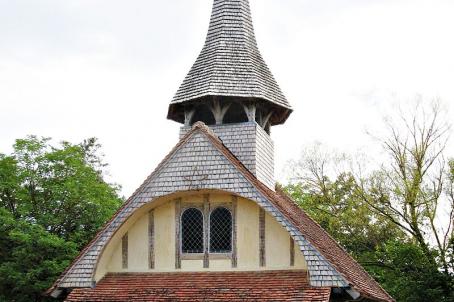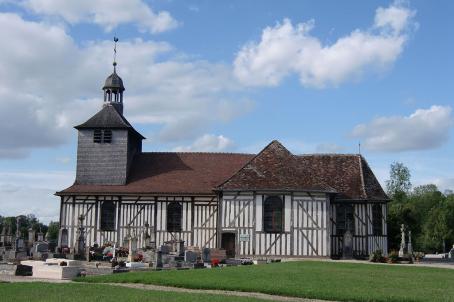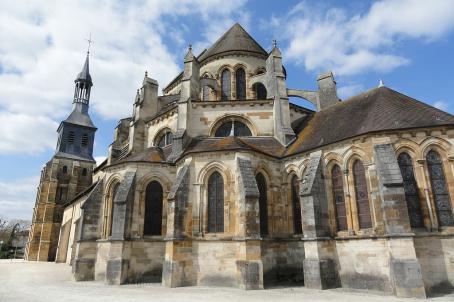Church of Saint-Jacques le Majeur, Arrentières
The church of Saint-Jacques-le-Majeur has stood in the In the hollow of the Champagne vineyards, since the twelfth century. In the eighteenth century, a new nave, a choir and late Gothic chapels were added to the building. In the 19th century, a bell tower was added and the nave modified once again. In the 20th century, the wooden ceiling was replaced by a stone ceiling and a new porch tower was built. The interior features many examples of classified furniture.
About this building
Found at the bottom of the vineyards of Champagne, the 12th century church of Saint-Jacques-le-Majeur Arrentières, the elegant and unusual silhouette of the church comes from the many renovations over the centuries. The church was formerly attached to the Diocese of Langres and is part of the parish church of Bar sur Aube.
This site seems to have always had a spiritual vocation, as a Merovingian cemetery was discovered at the bedside of the church. The interior features a beautiful funeral floor, designed by Jean de La Barre and Hugues Gradey in the 16th century, as well as exquisite classified furniture.
From the original twelfth century building, there remains only a few pillars and a part of the arms of the transept, showing the cross-shaped design.
At the beginning of the 18th century, a new nave, choir and chapels of late Gothic style were built in stone rubble. It is from this time that the statue of St Jacques, the altar cross and the altar-tabernacle of the high altar, made by J-B Bouchardon, are dated.
In the nineteenth century, the building underwent a significant transformation, with the addition of a steeple inspired by the bell tower of Saint-Pierre Bar-sur-Aube and the modification of the nave.
In 1930, the wooden vault of the nave was replaced by a vaulted stone ceiling. At the end of the 20th century, a new porch tower was built to replace the western porch.
Saint James of Zebedee or Jacques-le-Majeur, (the same of Santiago de Compostela veneration) is represented at the church with the 18th century effigy of the shell, which represents the pilgrimage.





